No description yet: Can you help?
St. Agnes (today: König Galerie)
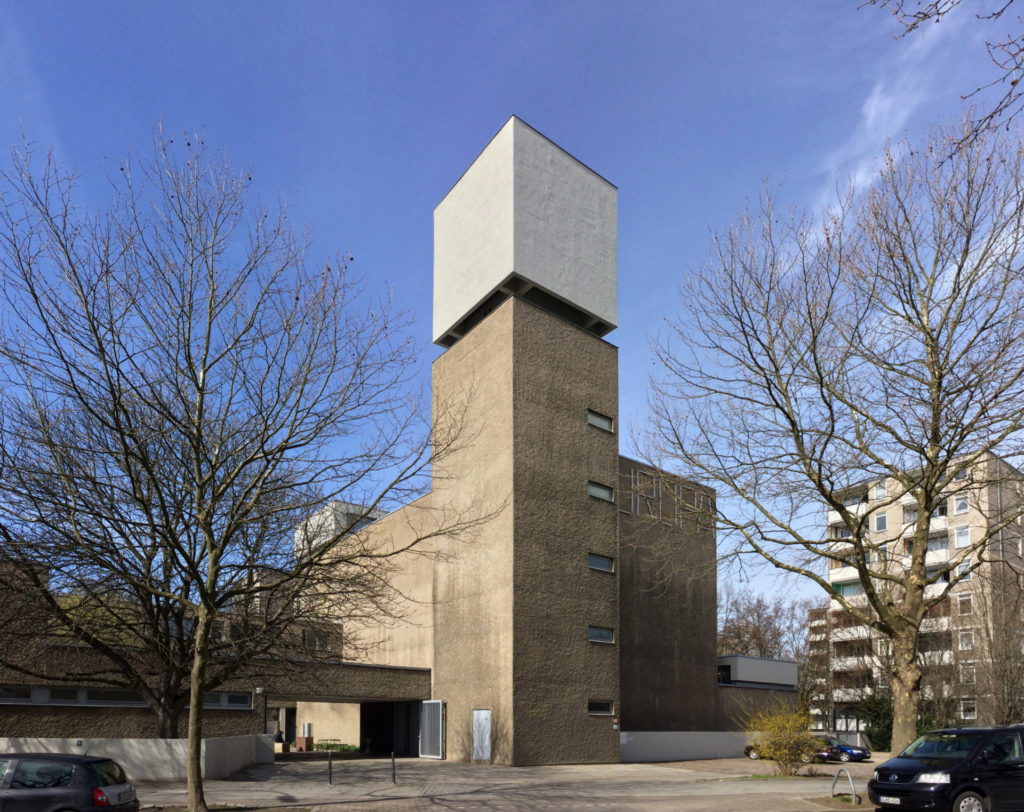

No description yet: Can you help?

The Kassel Art College is located on the edge of a large park. Studios and workshops are grouped around a central three story lecture center (pictured). The lecture center’s steel frame construction rises above the roof to imply the possibility of…
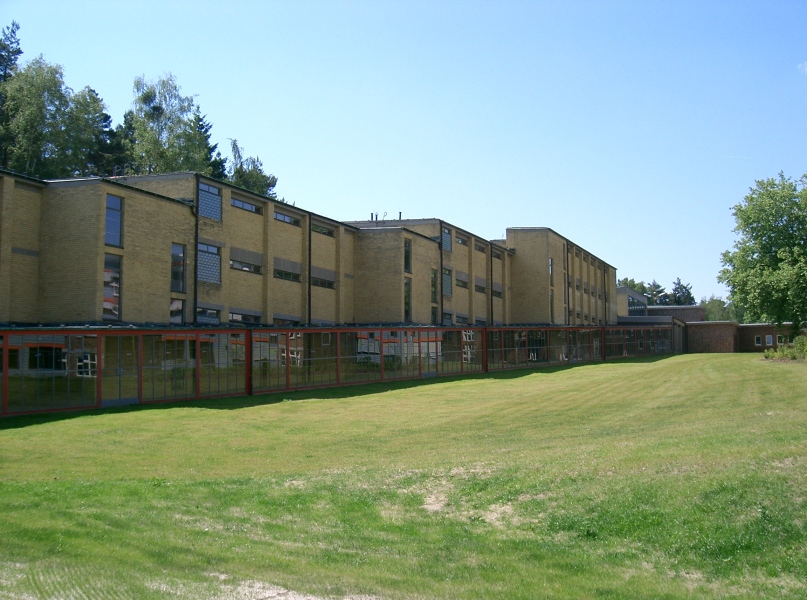
This Bauhaus project is of interest to Brutalism because it leaves the materials visible, thus visualizing the construction itself. In other words, the aesthetic contrasts with the plastered “white boxes” that prevailed at the time. In terms of stri…
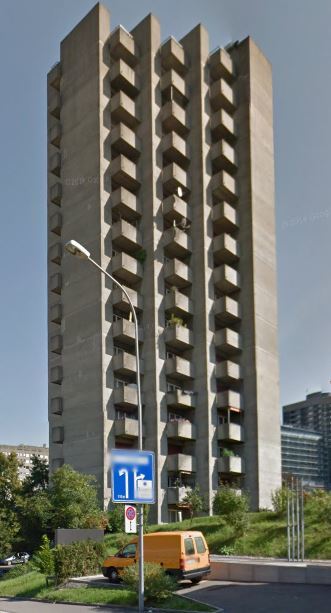
No description yet: Can you help?
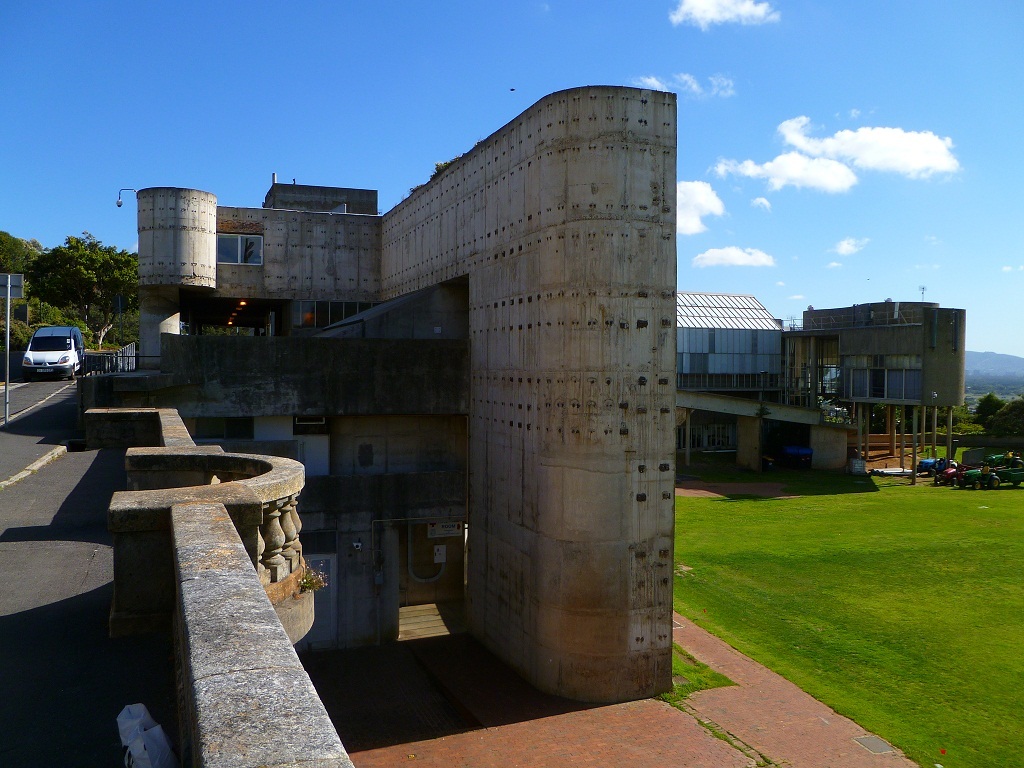
No description yet: Can you help?
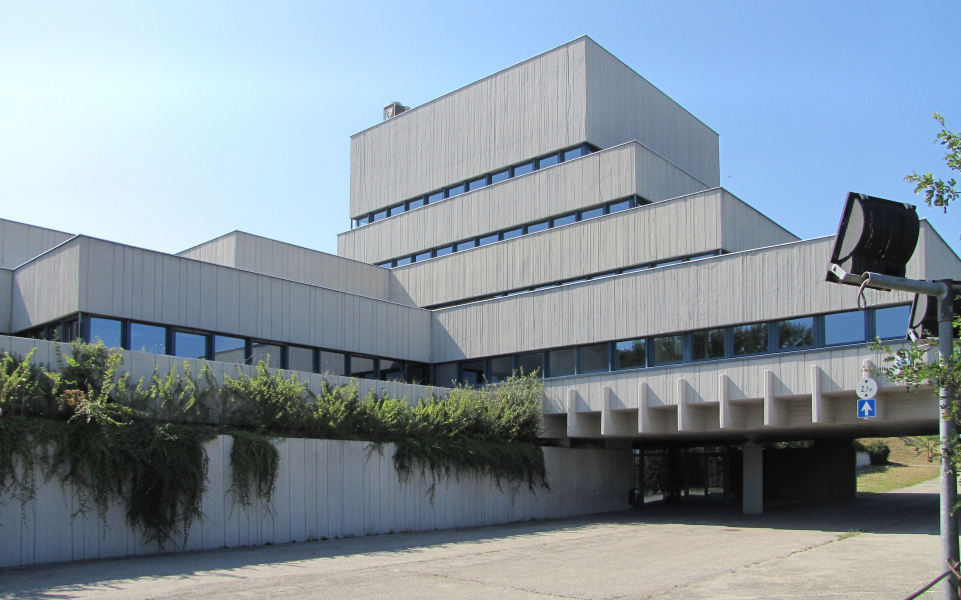
No description yet: Can you help?
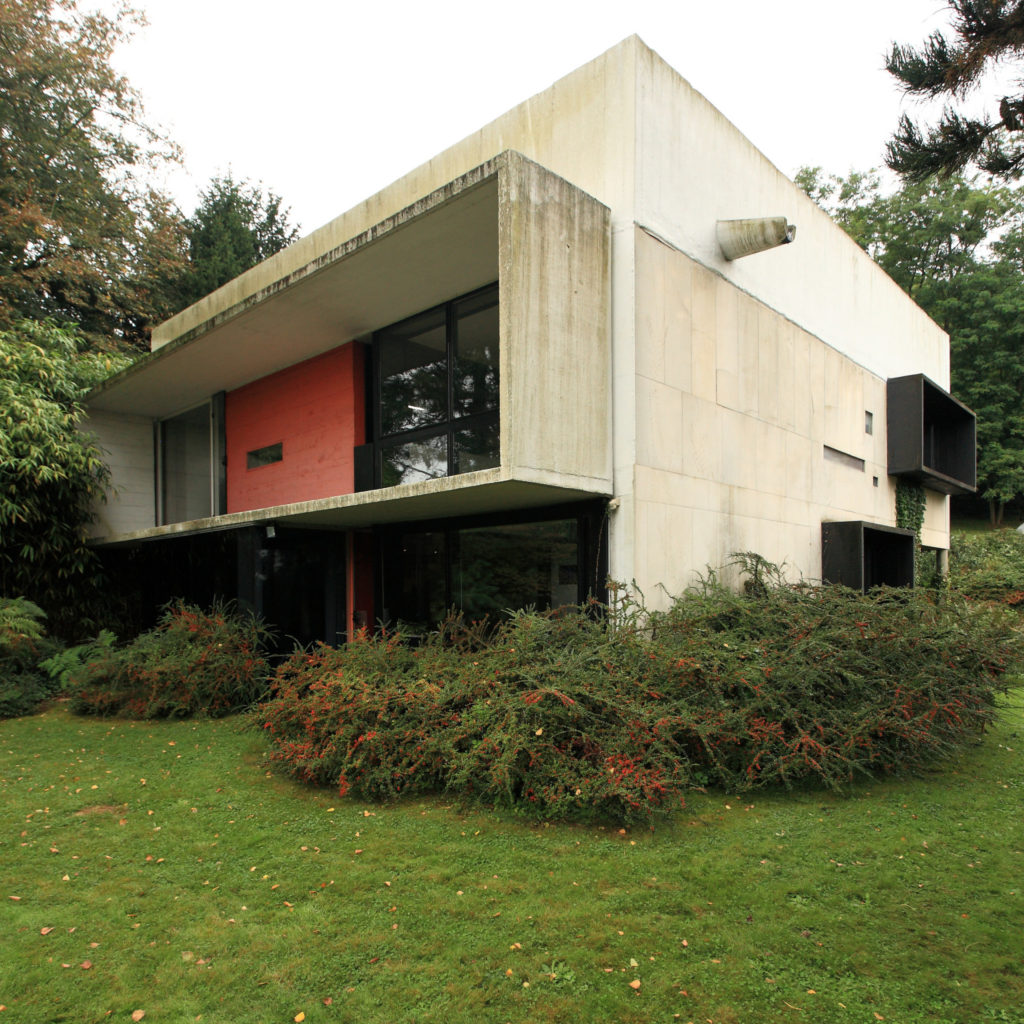
An early example of how former staff members of Le Corbusier later designed sculptural concrete buildings. Banham offers a description hinging on an analysis of the Corbusian influences.
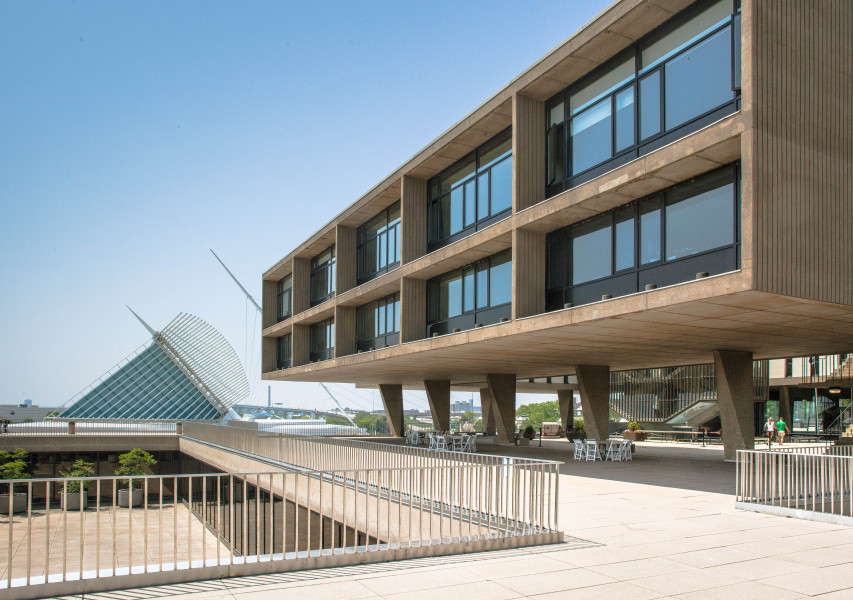
Wolfgang Pehnt cited the Milwaukee County War Memorial in his essay “Was ist Brutalismus?” (“What is Brutalism?”) from 1960 as an example for the global spread of Brutalism. The building separates three functions in three spaces: A platform, hou…
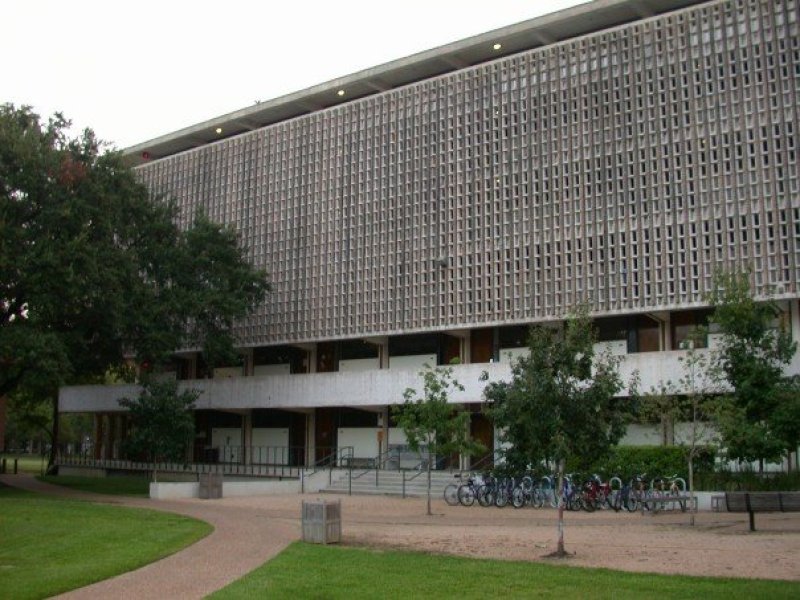
No description yet: Can you help?
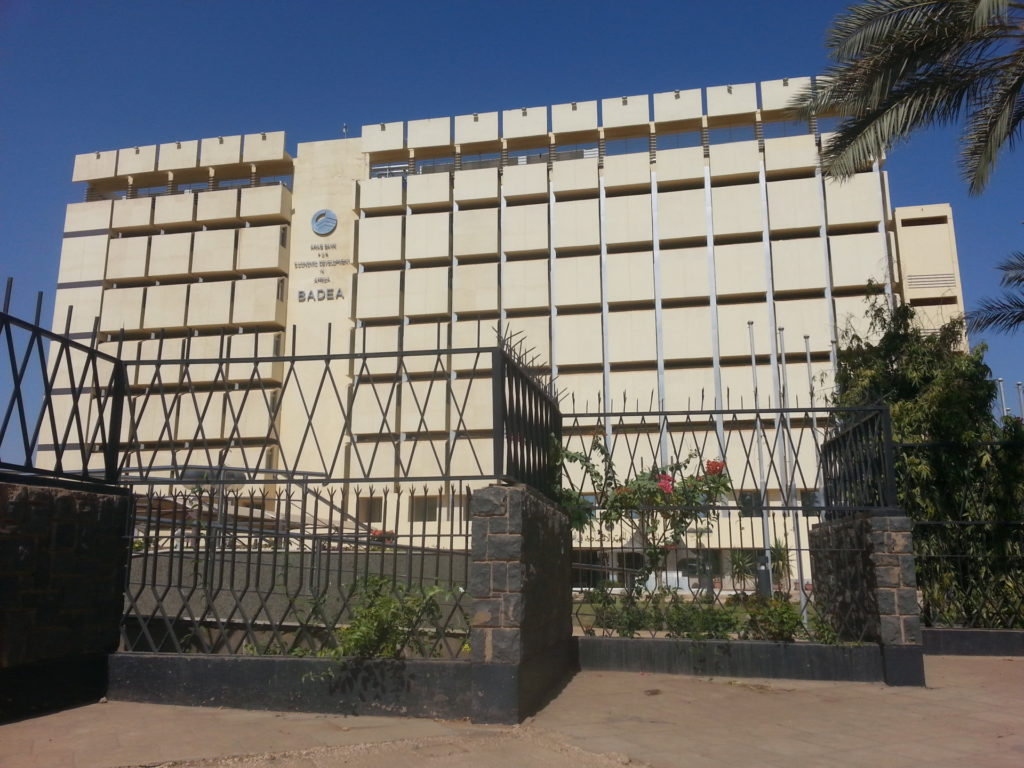
No description yet: Can you help?
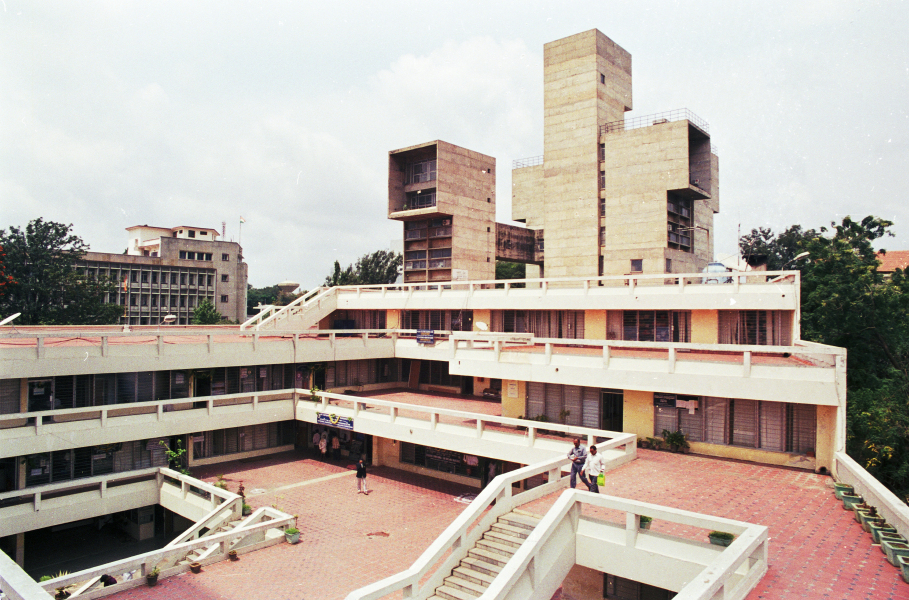
No description yet: Can you help?
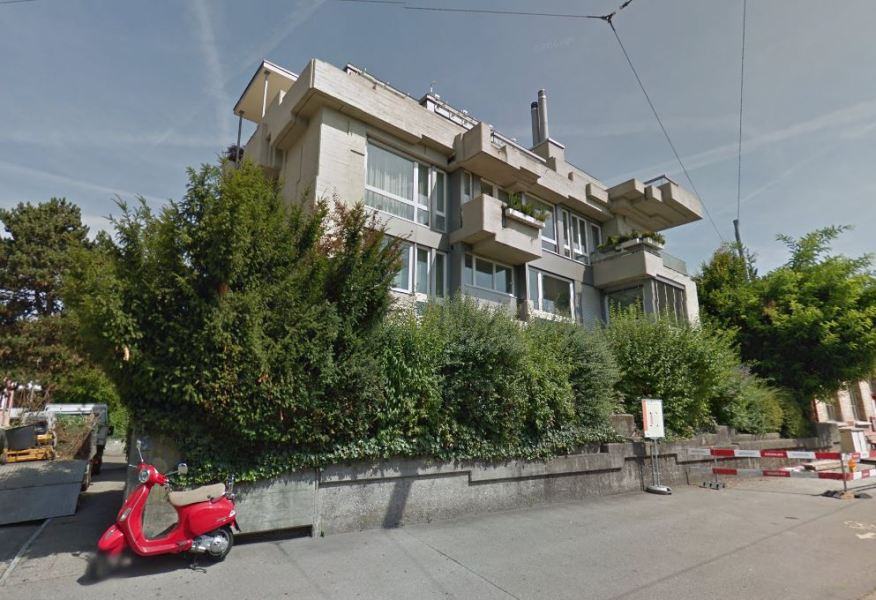
The exposed concrete is treated in an extremely sculptural fashion, as is often the case in Otto Glaus‘ designs. Receeding, protruding and interlocking elements define the façade’s vivid character that is continued on the inside. The roof is finish…
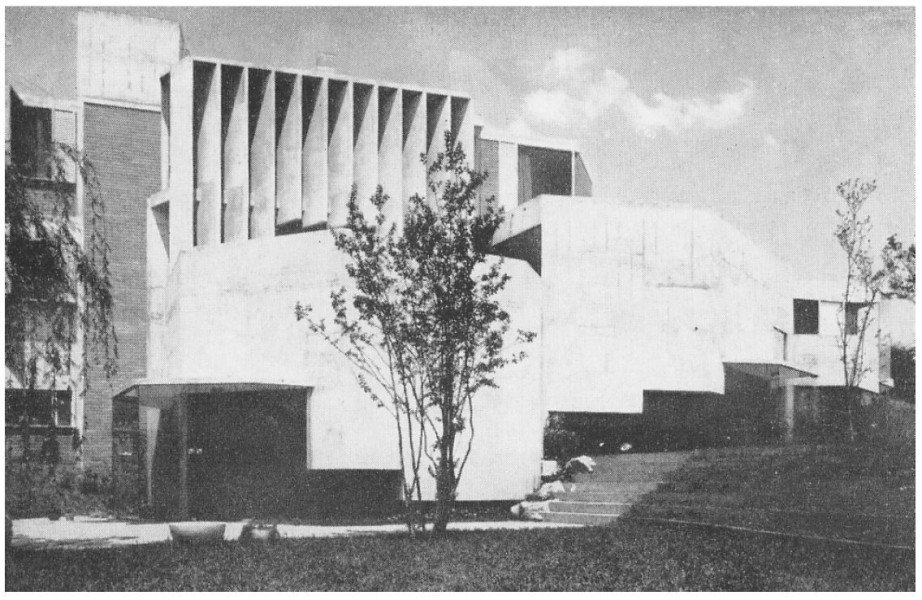
This villa is remarkable for ist combination of raw materials. Heavy concrete and brick surfaces are counterbalanced by large glass panels, forming an angular overall composition. Adjacent polygonal volumes create an impression of dynamic restlessness.
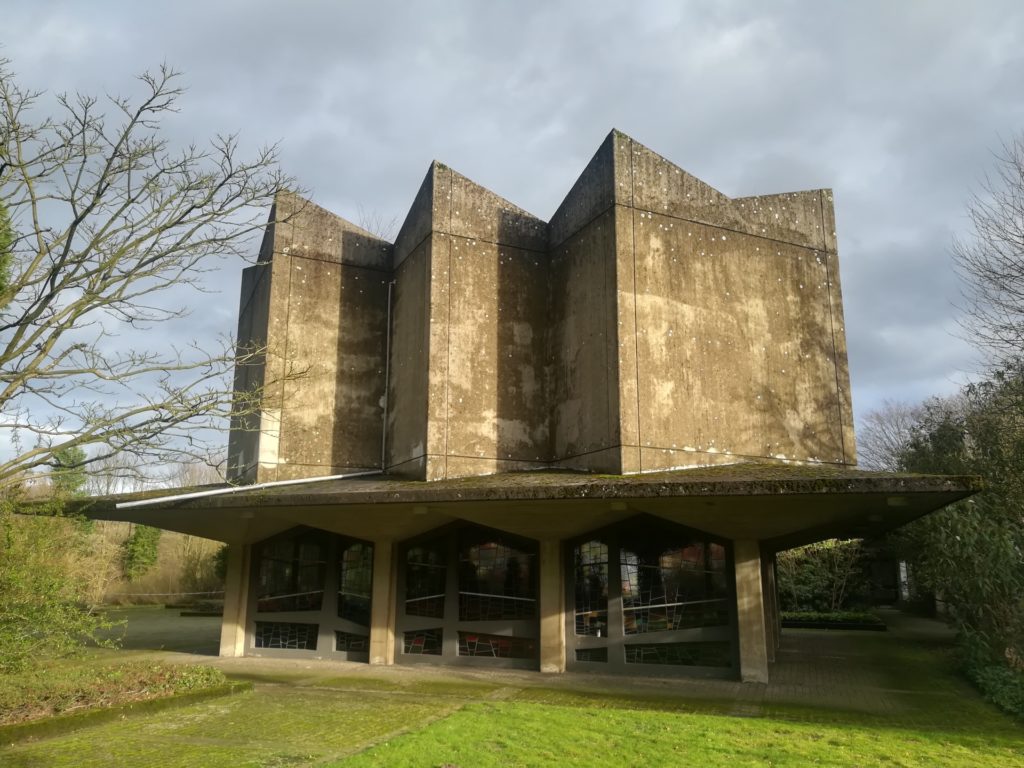
The solitary sculptural mourning hall sets itself apart from the adjoining buildings. Comparatively thin pillars stem a monumental, star shaped roof construction made of corrugated concrete.
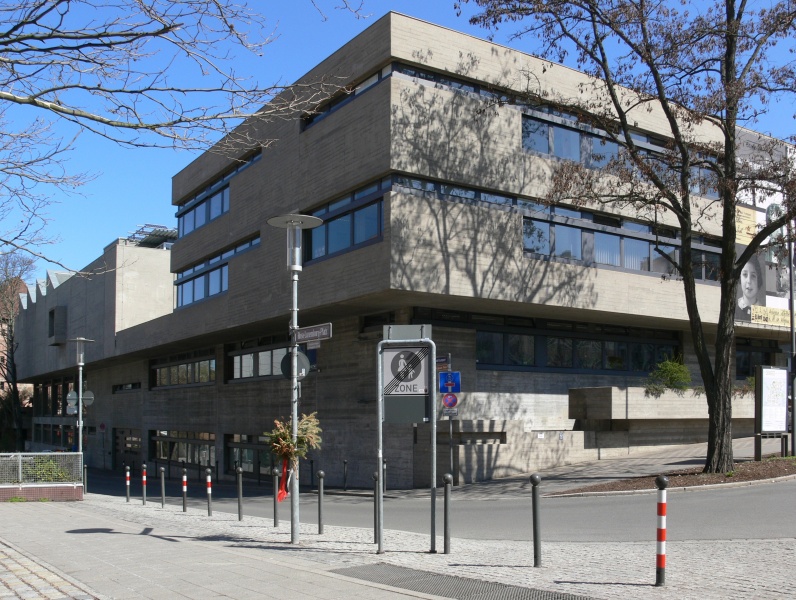
No description yet: Can you help?
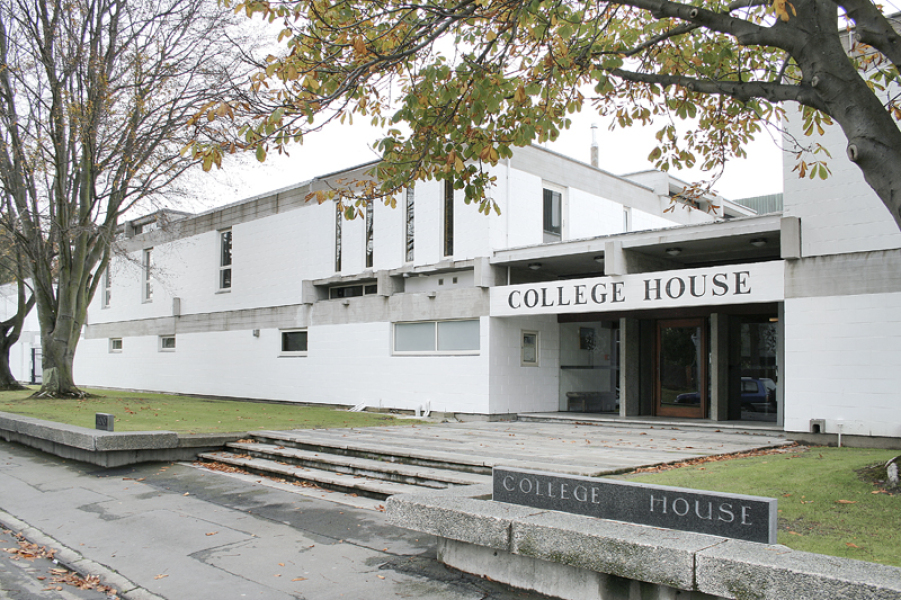
No description yet: Can you help?

No description yet: Can you help?
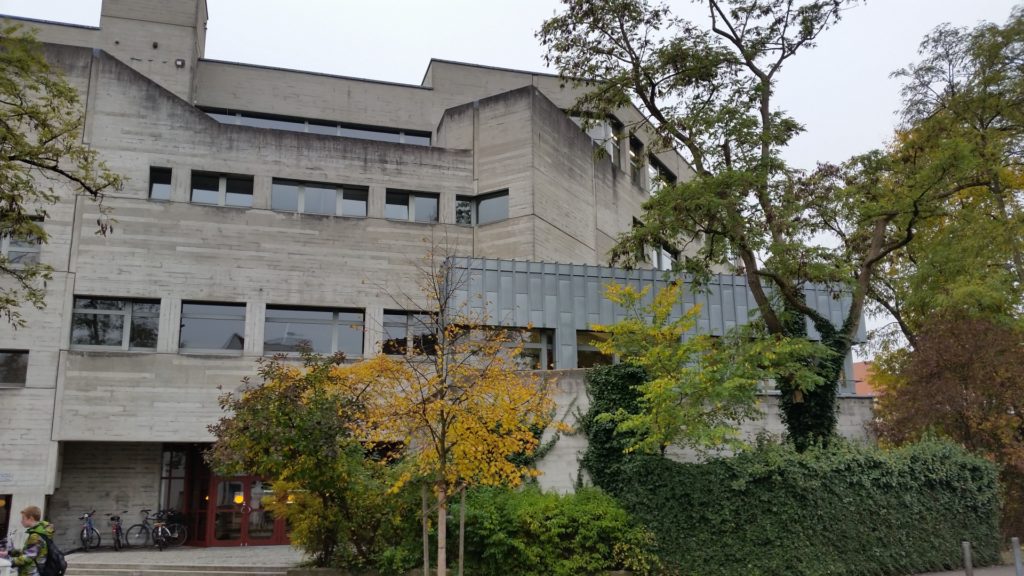
The polygonal building is located at the edge of the historic city center of Ingolstadt. With its Brutalist design language it complements the Stadttheater, designed by Hämer a few years before, aesthetically as well as conceptually.
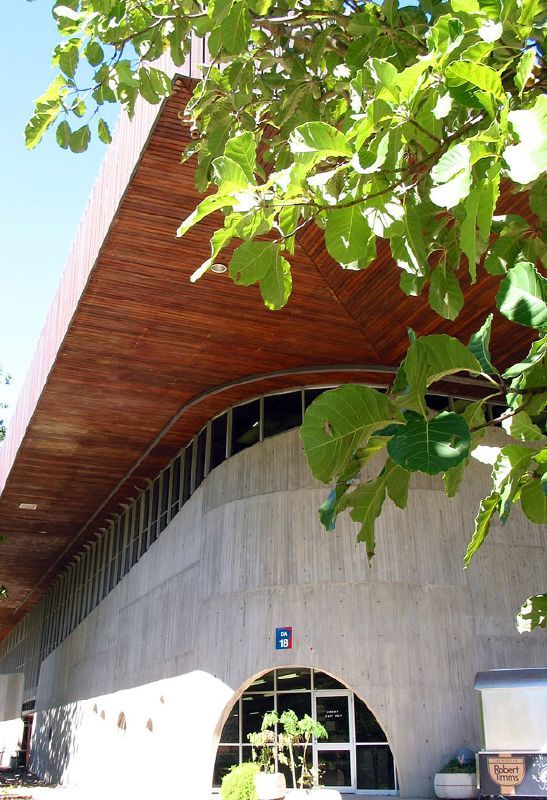
Stage 1 completed in 1968. Stage II completed in 1976. An extension was completed in 1990.
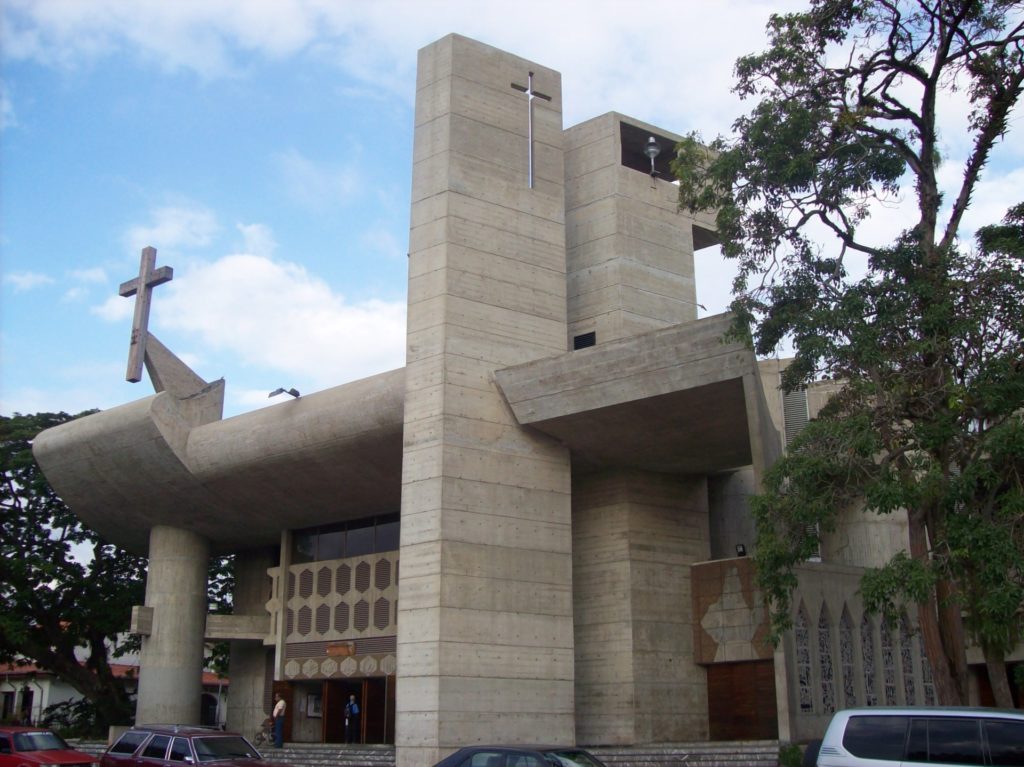
No description yet: Can you help?